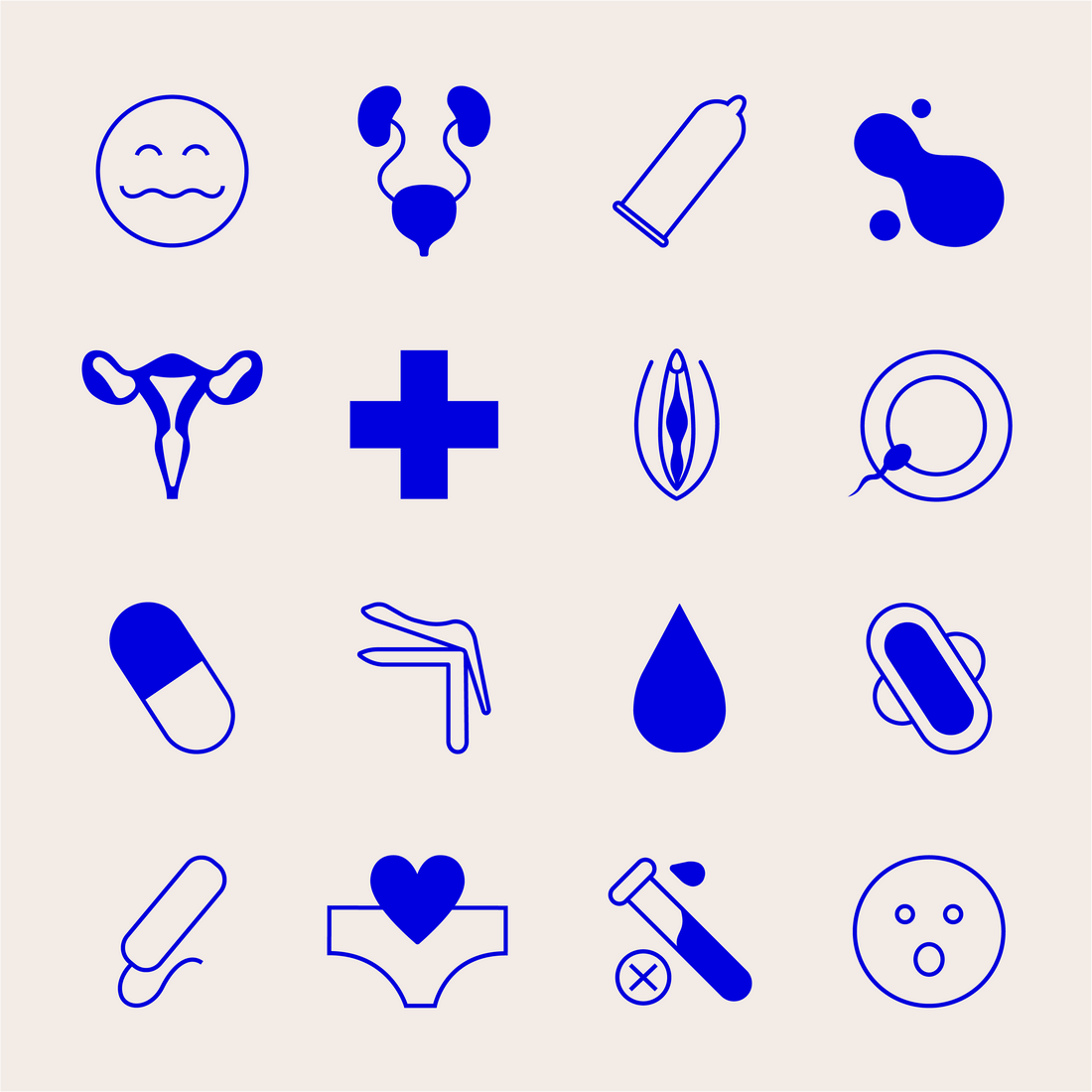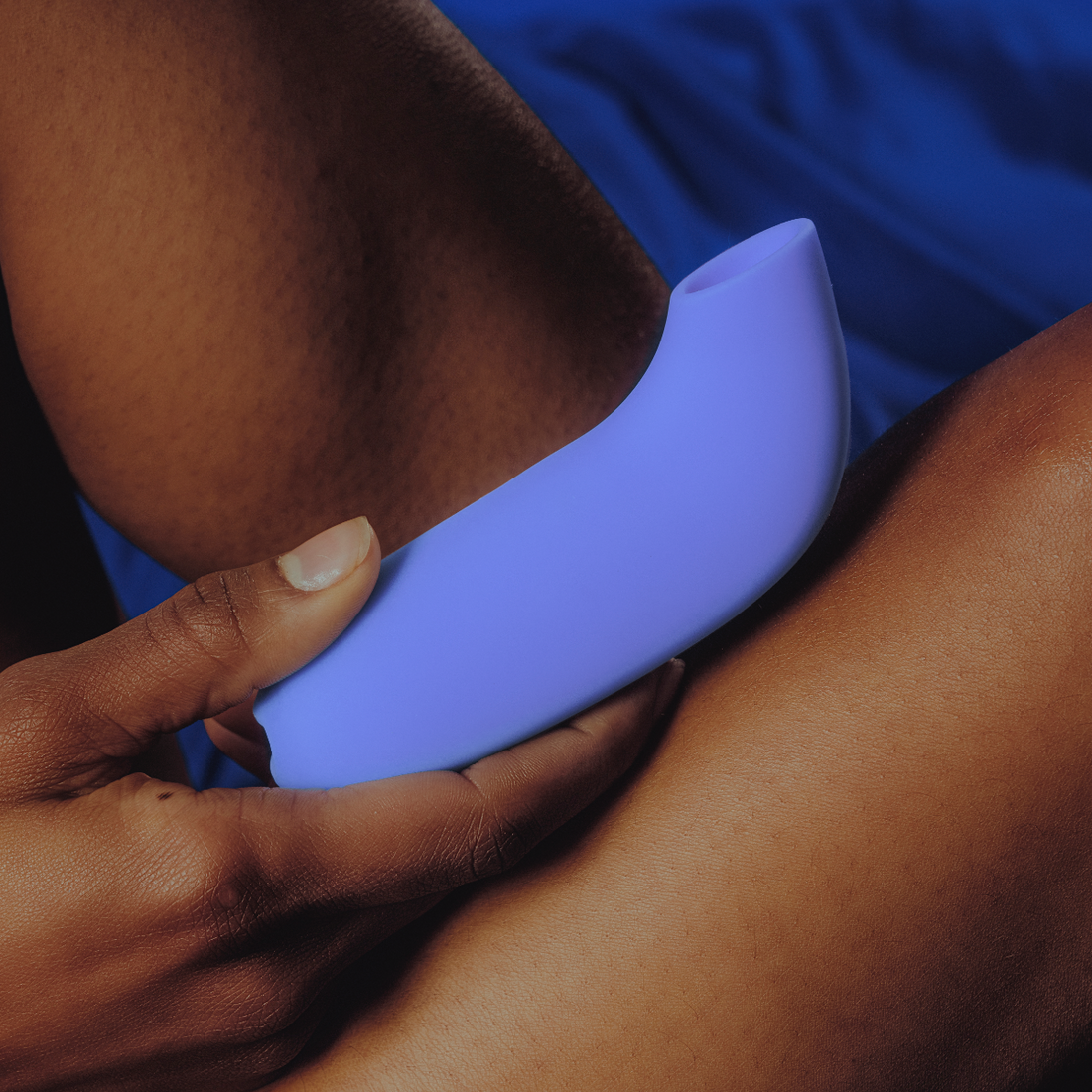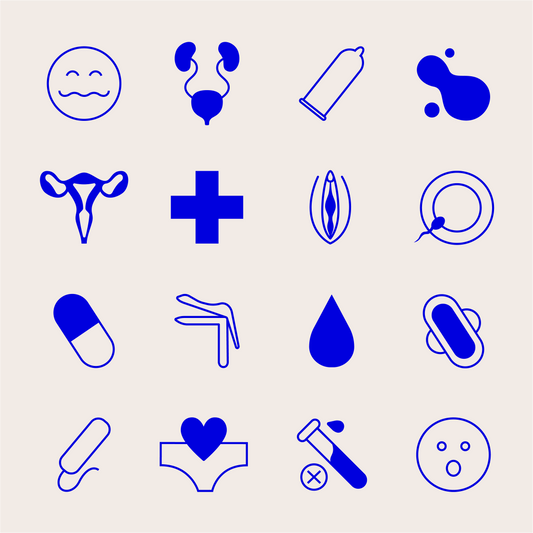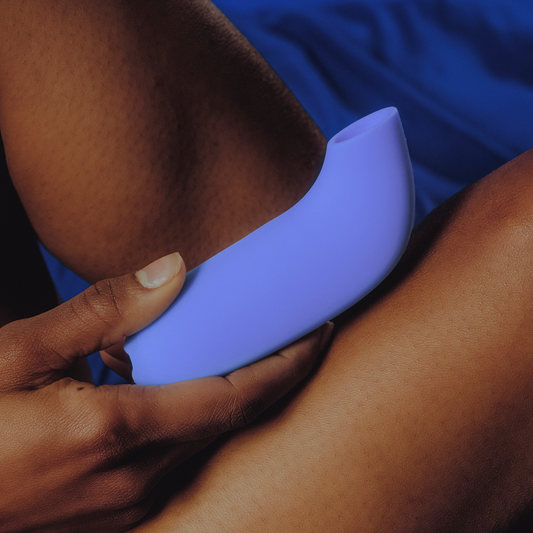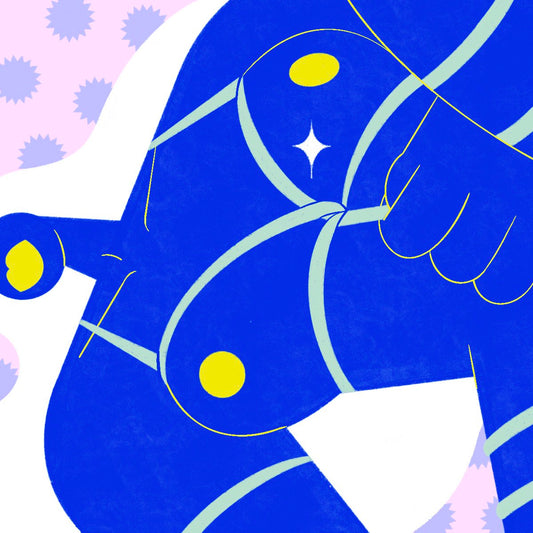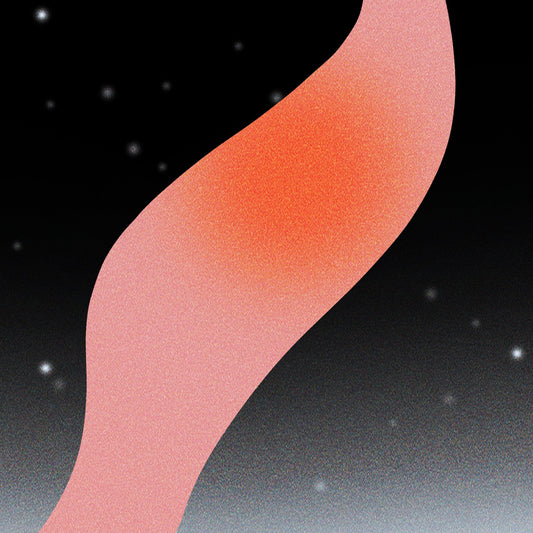Physical touch is absolutely vital to our health and survival.When we offer and receive good touch, our brains release oxytocin, a neuropeptide involved in increasing positive sensations like trust, emotional bonding, and social connection while also working as an anti-stress hormone that decreases fear and anxiety. But sadly, many of us have found ourselves in isolation where touch is not safe to receive from others, especially with the ongoing challenges of the pandemic. While that is just one of the many downsides and losses of this time, it also offers us a beautiful opportunity to give ourselves the supportive and healing touch we need. While nothing can fully replace the benefits of positive human connection through touch, there are alternatives like self-massage that can produce the same biological effects and create a stronger bond with ourselves and deeper understanding and appreciation of our bodies.

Sexual Wellness
A Massage Therapist's Guide to Self-Massage
Created on 07/02/2022
Updated on 13/10/2022
When it comes to healing, touch is the most important of all of our senses because it is linked to our skin—our largest organ—and our ability to feel. When a baby cries, we pick them up and hold them. When a friend is sad, we offer them a hug or a reassuring hand on their shoulder. When we want to show affection, we reach out to hold the hand of another. Touch is how we comfort each other. It is how we communicate when words fail us. It is how we connect.






















